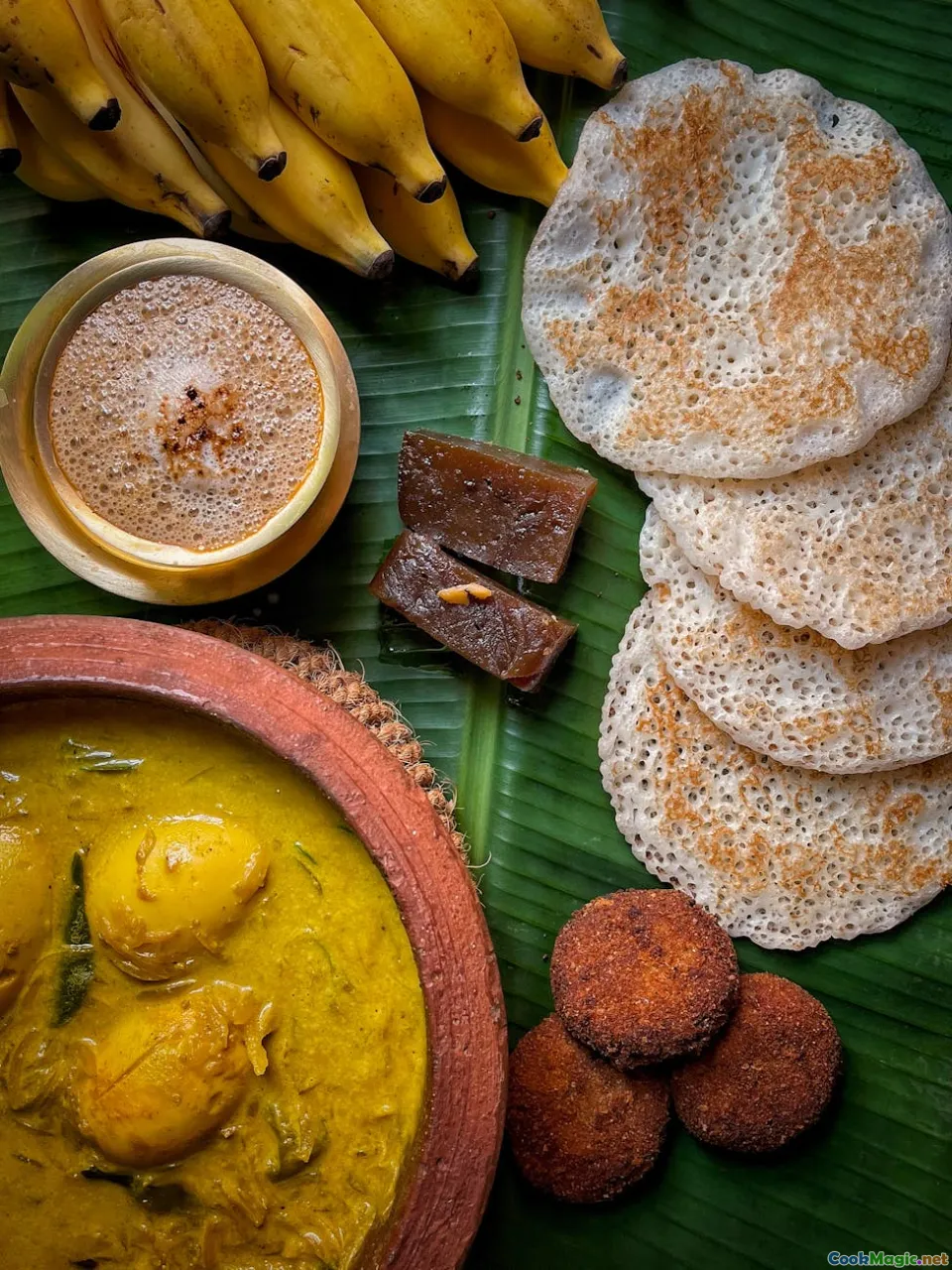Coconut in Seychelles Cooking
7 min read Discover the vital role of coconut in Seychelles cuisine, exploring its culinary, cultural, and historical significance through vibrant dishes and stories. April 20, 2025 07:55
Coconut in Seychelles Cooking
Imagine a land where the ocean’s whispers mingle with the rustling palms, where the air is infused with the sweet aroma of tropical fruits, and every meal tells a story of tradition and resilience. Welcome to Seychelles—a jewel of the Indian Ocean—where coconut is not just an ingredient; it’s a cultural cornerstone that shapes the very fabric of local cuisine.
The Heartbeat of Seychelles: Coconut as Cultural Heritage
Seychelles, an archipelago of 115 islands, boasts a culinary landscape deeply rooted in its history, geography, and the resourcefulness of its people. Coconut palms sway along pristine beaches, their fronds providing shade, their nuts nourishing, and their versatility making them indispensable.
Historically, coconut was introduced to Seychelles through trade routes and colonial exchanges, quickly becoming a staple for indigenous communities. Over generations, it evolved from a simple food source to a symbol of hospitality, tradition, and island identity.
The Many Faces of Coconut in Seychelles Cuisine
1. Coconut Milk and Cream: The Rich Foundations
One cannot talk about Seychelles cuisine without mentioning coconut milk and cream. Extracted from grated mature coconuts, these liquids form the backbone of many dishes, imparting a creamy texture and a subtle sweetness.
- Cari Poulet (Chicken Curry): A fragrant, mildly spicy curry simmered in coconut milk, tender chicken pieces meld with turmeric, ginger, and local herbs, creating a comforting, aromatic dish.
- Seafood Stews: Fresh fish and octopus cooked in coconut milk with chili, lime, and local spices, resulting in a symphony of flavors that celebrate the bounty of the ocean.
2. Grated Coconut and Flakes
Freshly grated coconut is used to add texture, sweetness, or garnish.
- Coconut Rice: Fluffy rice cooked with grated coconut and a hint of vanilla, often served alongside curries.
- Snacks and Sweets: Coconut flakes are sprinkled over tropical desserts like banana fritters or mixed into rice puddings.
3. Coconut Oil
Extraction of coconut oil from the dried meat (copra) has a significant place in Seychelles cooking.
- Frying and Sautéing: Coconut oil is prized for its high smoke point and tropical aroma, used for frying everything from plantains to seafood.
- Traditional Preparations: Some dishes involve cooking in coconut oil to deepen flavor and preserve authenticity.
4. Coconut Shells and Fronds
Beyond the culinary use, coconut shells and fronds have cultural significance in Seychelles.
- Craftsmanship: Shells are turned into bowls, utensils, or jewelry, while fronds are woven into mats and decorations, showcasing the resourcefulness of island artisans.
Signature Dishes Celebrating Coconut
Grilled Octopus with Coconut Sauce
A Seychelles classic, this dish features tender octopus grilled to smoky perfection, then bathed in a velvety coconut sauce infused with lime and local spices. The texture of the octopus contrasts beautifully with the creamy coconut, creating a dish that is both hearty and delicate.
Coconut Curry with Root Vegetables
Root vegetables like cassava and sweet potatoes absorb the rich coconut broth, offering a comforting, hearty meal that reflects the island’s agricultural bounty.
Coconut Bread (Pain Coco)
A beloved local snack, this bread combines flour, sugar, and grated coconut to produce a moist, slightly sweet loaf that pairs perfectly with tropical jams or simply enjoyed on its own.
Personal Stories and Cultural Insights
Walking through Seychelles’ bustling markets, the aroma of fresh coconut mingles with the scent of cinnamon and vanilla. Vendors skillfully crack open coconuts with machetes, showcasing generations of knowledge. I vividly remember a local woman, Marie, demonstrating how to extract coconut milk—her hands swift and sure, a testament to the cultural importance of coconut in daily life.
In Seychelles, coconuts are more than ingredients; they are symbols of life, sustenance, and community. During local festivals, coconut shells are used in traditional games, and coconut-based drinks flow freely, embodying the island’s warm hospitality.
Cooking Techniques and Tips
- Extracting Coconut Milk: Grate mature coconut flesh, then blend with warm water and strain through a fine cloth. For a richer milk, use less water.
- Cooking with Coconut Oil: Use in moderation to prevent overpowering delicate flavors. The aroma enhances seafood and vegetable dishes.
- Handling Fresh Coconuts: When selecting coconuts, look for ones with husks that are heavy and free of mold or cracks.
Final Reflections
Coconut in Seychelles cuisine is a testament to the island’s harmony with nature. From its lush plantations to its vibrant kitchens, coconut is woven into the stories, flavors, and traditions of the Seychellois people. It’s a humble fruit that carries the weight of history and the promise of tropical paradise.
Whether you’re savoring a spicy coconut curry, biting into a sweet coconut tart, or simply enjoying the aroma of fresh coconut milk simmering on the stove, you’re experiencing a slice of Seychelles’ soul—a celebration of resilience, resourcefulness, and the enduring beauty of island life.
So next time you crack open a coconut, remember, you’re not just tasting a fruit—you’re embracing a cultural legacy that has sustained generations in this enchanting Indian Ocean archipelago.









